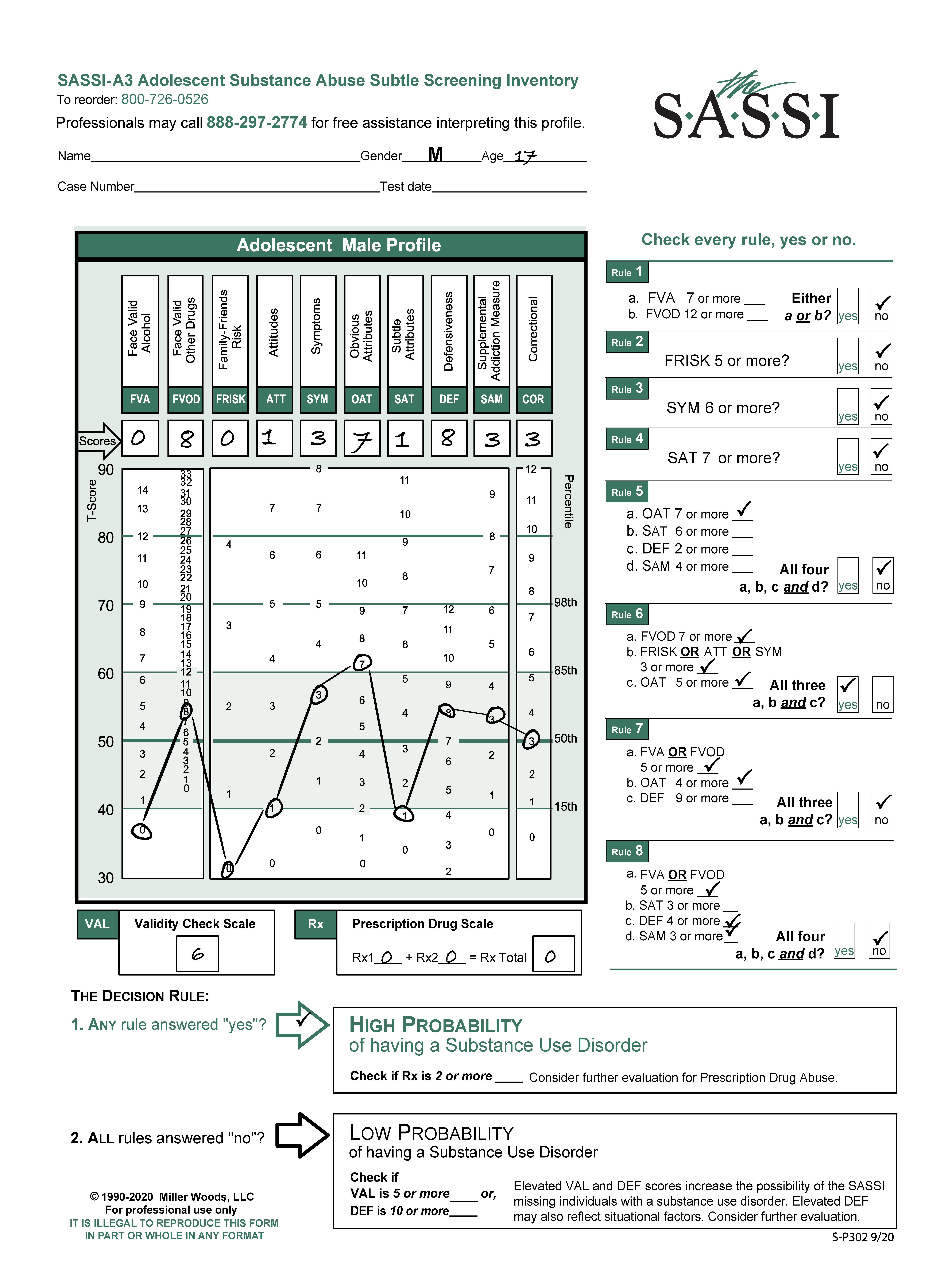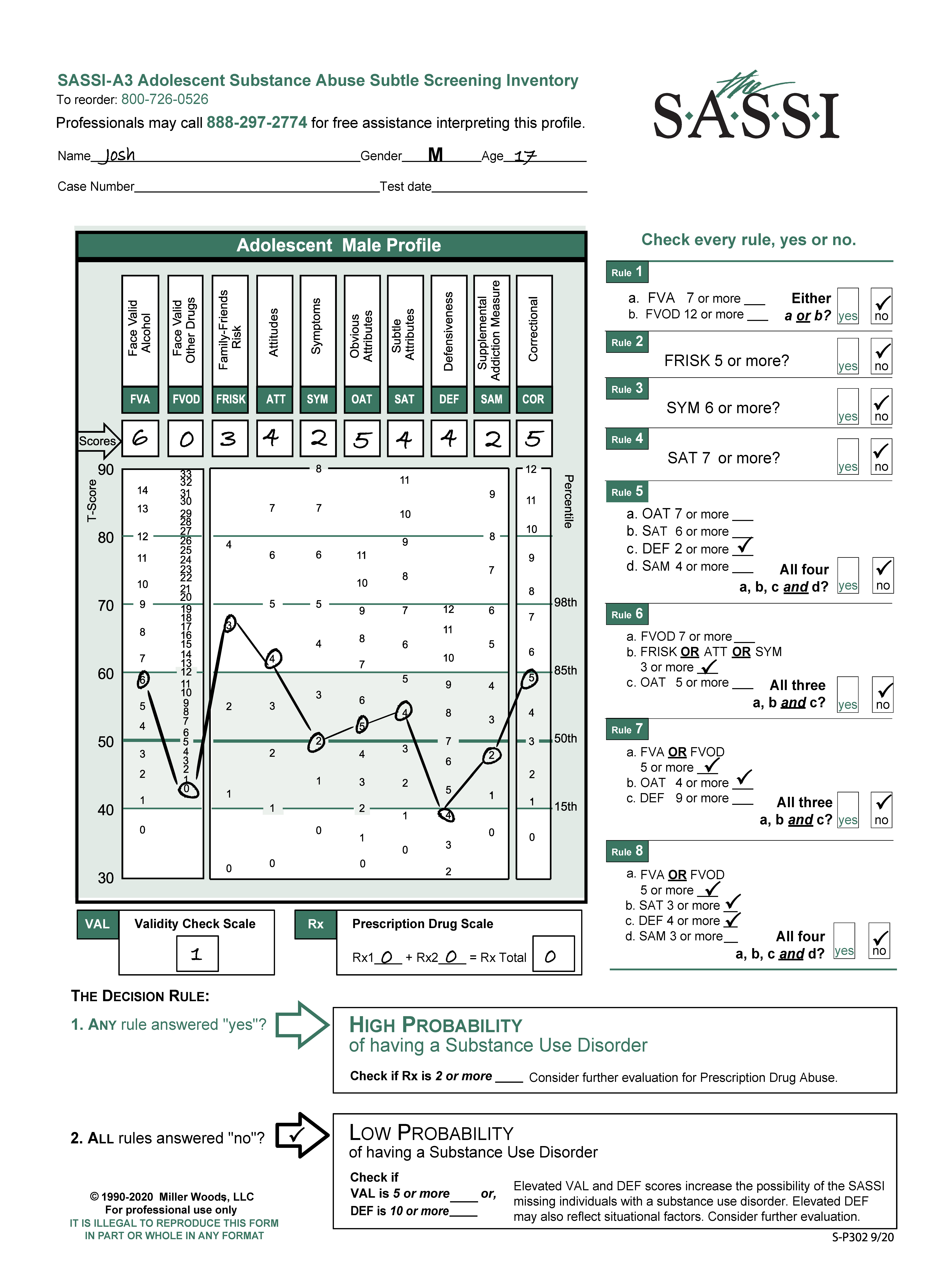We would like to take this opportunity to invite you, our many colleagues, to express your views, research findings and other developments within our SASSI Network blog. Our intent with this forum has always been to embrace the opinions and experiences of so many professionals and treatment providers throughout the country and indeed throughout the world. This forum is meant to be one of inclusion, not exclusion. All professionals from the multitude of addiction services provided have value and merit inclusion. These might focus on screening, testing, assessment, treatment, interventions, and others. We invite your submissions, and welcome your viewpoints. We feel this forum provides an opportunity to enrich us all with a collective wealth of knowledge that will ultimately enrich the addiction field. If you would like to contribute, please contact us at blog@sassi.com.
We hope that all of you and your families have managed to stay healthy during this tumultuous year. Our hearts go out to those that have experienced loss, suffering or pain during this Pandemic that has taken far so many lives. We remain hopeful that now that several vaccines are in distribution, and vaccinations are proceeding expeditiously, that we are nearing the close of this chapter in all our lives.
Please consider joining us by contributing your knowledge to our blog!




